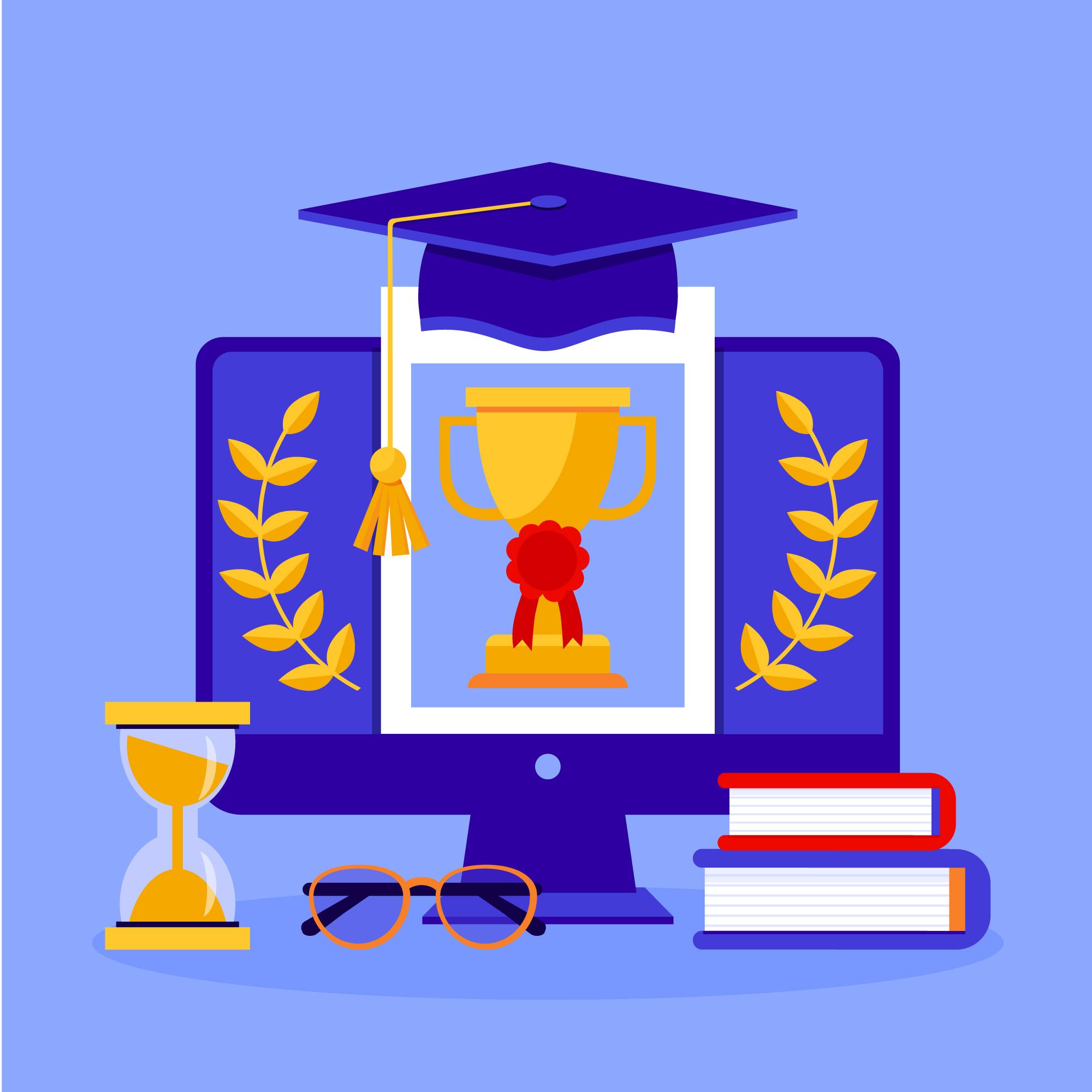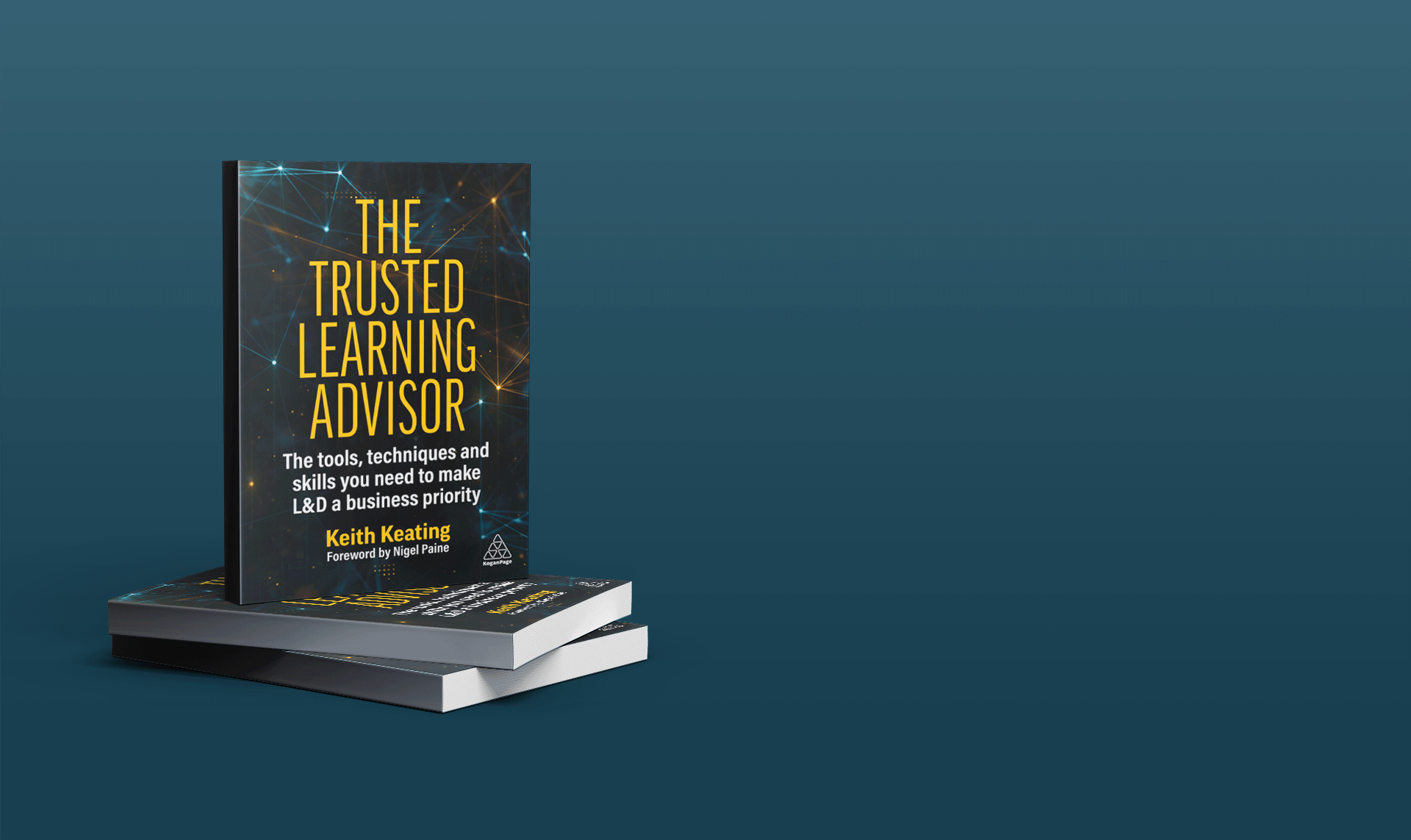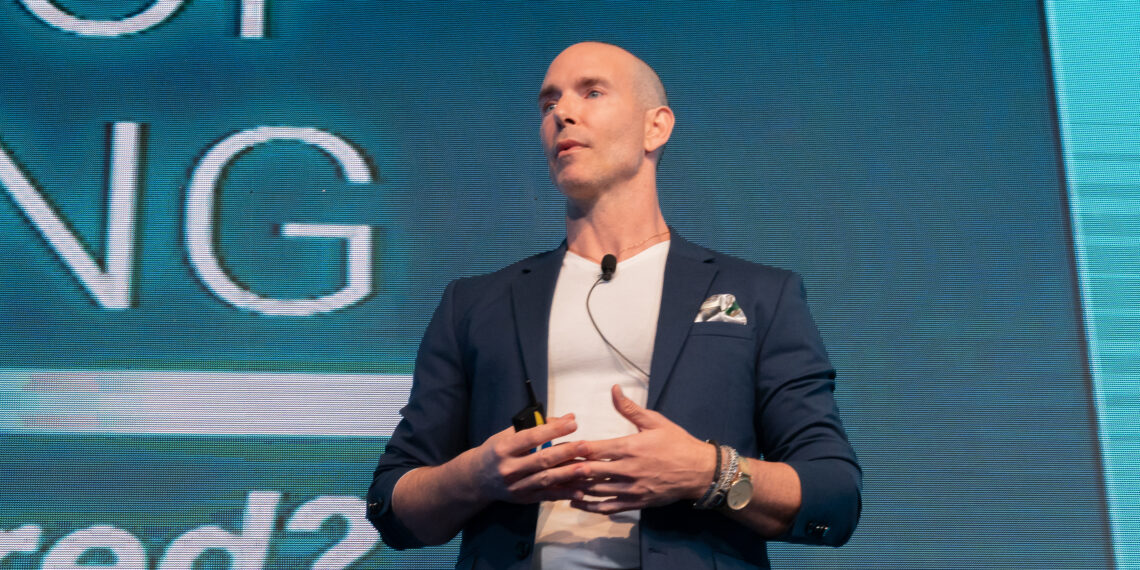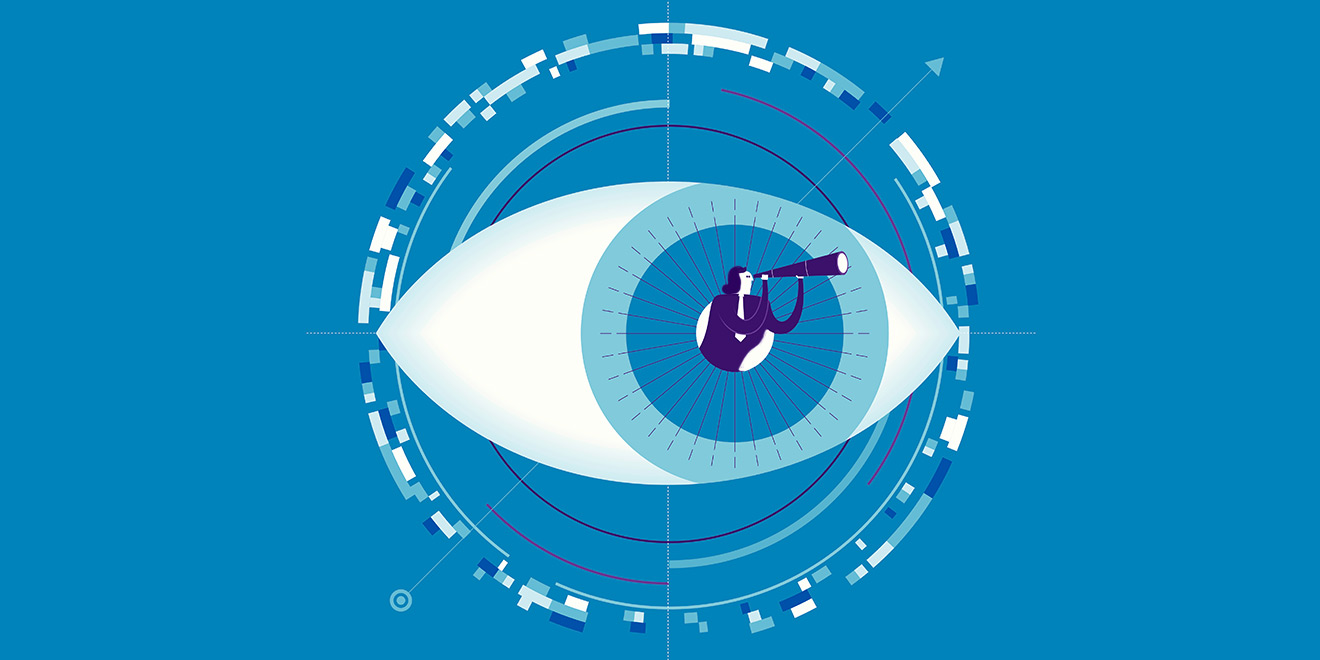Dr. Keith Keating Wins Acclaimed Learning Award and Releases Transformative Book “The Trusted Learning Advisor”
-
 Keith Keating
Keith Keating
- November 7, 2023
Dr. Keith Keating, a luminary in the field of talent development, wins the illustrious 2023 OnConferences Icon Award for “Learning and Development Team of the Year.” Award winners have been selected by the public. Voters selected teams that they felt demonstrated a good mix of success and positive impact on their organization, the team made strong contributions through thought leadership, the team has been innovative in their projects, and the team leader has exhibited exceptional leadership.
Dr. Keith Keating, Chief Learning Officer at Moder, is at the helm of the company’s Learning & Development team. Through his leadership, the Moder L&D team has demonstrated continuous learning, innovation, professional development, and success that has caused a ripple effect of satisfied clients. Moder’s L&D team has shaped the company’s mission by implementing innovative strategies and impactful learning interventions.
“This award is a reflection of our team’s collective efforts to instill a robust learning culture within Moder to serve our clients. We are truly honored to be recognized by the OnCon Association and will continue our efforts to further leverage L&D as a strategic driver for organizational excellence and employee development,” said Dr. Keating.
Following his win, Dr. Keating’s book, “The Trusted Learning Advisor” was released on October 31st, 2023. This book propels professionals in HR, Learning & Development (L&D), Talent Development (TD) and related fields on a transformative journey, evolving from mere order takers to strategic business partners, known as Trusted Learning Advisors. More than a testament to L&D’s potential, it’s a clarion call for its essential transformation within organizations.
“Why are the experts in talent development letting someone else dictate the terms?” Keating provocatively asks, emphasizing the urgent need for L&D to assert its expertise. He urges professionals to question the traditional, to ask “why?”, and to become pivotal business partners and value contributors to organizational strategies. The alternative? Risk becoming obsolete.
In “The Trusted Learning Advisor,” Keating delves deep into the human psyche, exploring our innate tendencies to seek comfort and resist change. But true innovation, he argues, resides beyond this comfort. With the world rapidly changing due to technological leaps and evolving work dynamics, complacency isn’t an option for L&D. The future is both automated and profoundly human, and L&D stands at a crucial crossroads.
Keating’s inspiring journey, from high school dropout to an Ivy League doctorate, exemplifies the power of lifelong learning. This story enriches the book’s message about the transformative role of continuous learning and the critical influence L&D has in shaping organizational futures.
Central to “The Trusted Learning Advisor” is the belief that an organization’s true value lies in its talent. The book is a blaring call for individuals to seize control of their destiny amidst the fast-paced changes in business, technology, and societal landscapes, helping professionals nurture their skills and solidify their value within organizations.
Drawing from his rich experience and expertise, “The Trusted Learning Advisor” provides:
- A roadmap for L&D’s evolution within organizations.
- Strategies to transform from passive roles to proactive leadership.
- Insights into the future of work, balancing automation with human-centric approaches.
Dr. Keating’s advocacy goes beyond mere words; he embodies the principle that learning is the engine of professional ascension and organizational excellence. With a deep-seated commitment to nurturing talent, Dr. Keating’s approach is more than a profession—it’s a calling. He not only encourages continuous growth but also designs the strategies that turn lifelong learning into a strategic advantage for individuals and companies alike.
“The Trusted Learning Advisor” is available on Amazon. Additional information on the book can be found at www.thetrustedlearningadvisor.com. For media inquiries, interviews, or additional details, please visit https://keithkeating.com/ or contact pr@keithkeating.com.






 Chart Source and Design: Keith Keating & Greg Cira Designs
Modern careers are like nonstop conveyor belts — you need to keep moving and learning, no matter the stage of your career. Contentedness is a mindset that puts us at risk. Consider how quickly industry, business and technology evolve. Instilling lifelong learning ensures that our talent remains agile, adaptable and ready to fill the next organizational gap.
Context
Context is critical to the learning experience. It shapes the process and helps learners construct meaning based on their own experiences. As a result, context brings learning as close as possible to the work environment, creating stronger performance support. Context makes learning relevant and meaningful.
Reflection
We need to help employees recognize the importance of reflecting on their learning experiences. Learning is more about engagement and discussion than consuming content. We need to build in reflection exercises and offer ways to apply learning in context, providing opportunities to develop learning habits specific to each employee’s work environment.
Analyzing Information
Making decisions based on information is increasingly a primary part of many roles. The average daily consumption of media is an
Chart Source and Design: Keith Keating & Greg Cira Designs
Modern careers are like nonstop conveyor belts — you need to keep moving and learning, no matter the stage of your career. Contentedness is a mindset that puts us at risk. Consider how quickly industry, business and technology evolve. Instilling lifelong learning ensures that our talent remains agile, adaptable and ready to fill the next organizational gap.
Context
Context is critical to the learning experience. It shapes the process and helps learners construct meaning based on their own experiences. As a result, context brings learning as close as possible to the work environment, creating stronger performance support. Context makes learning relevant and meaningful.
Reflection
We need to help employees recognize the importance of reflecting on their learning experiences. Learning is more about engagement and discussion than consuming content. We need to build in reflection exercises and offer ways to apply learning in context, providing opportunities to develop learning habits specific to each employee’s work environment.
Analyzing Information
Making decisions based on information is increasingly a primary part of many roles. The average daily consumption of media is an 


